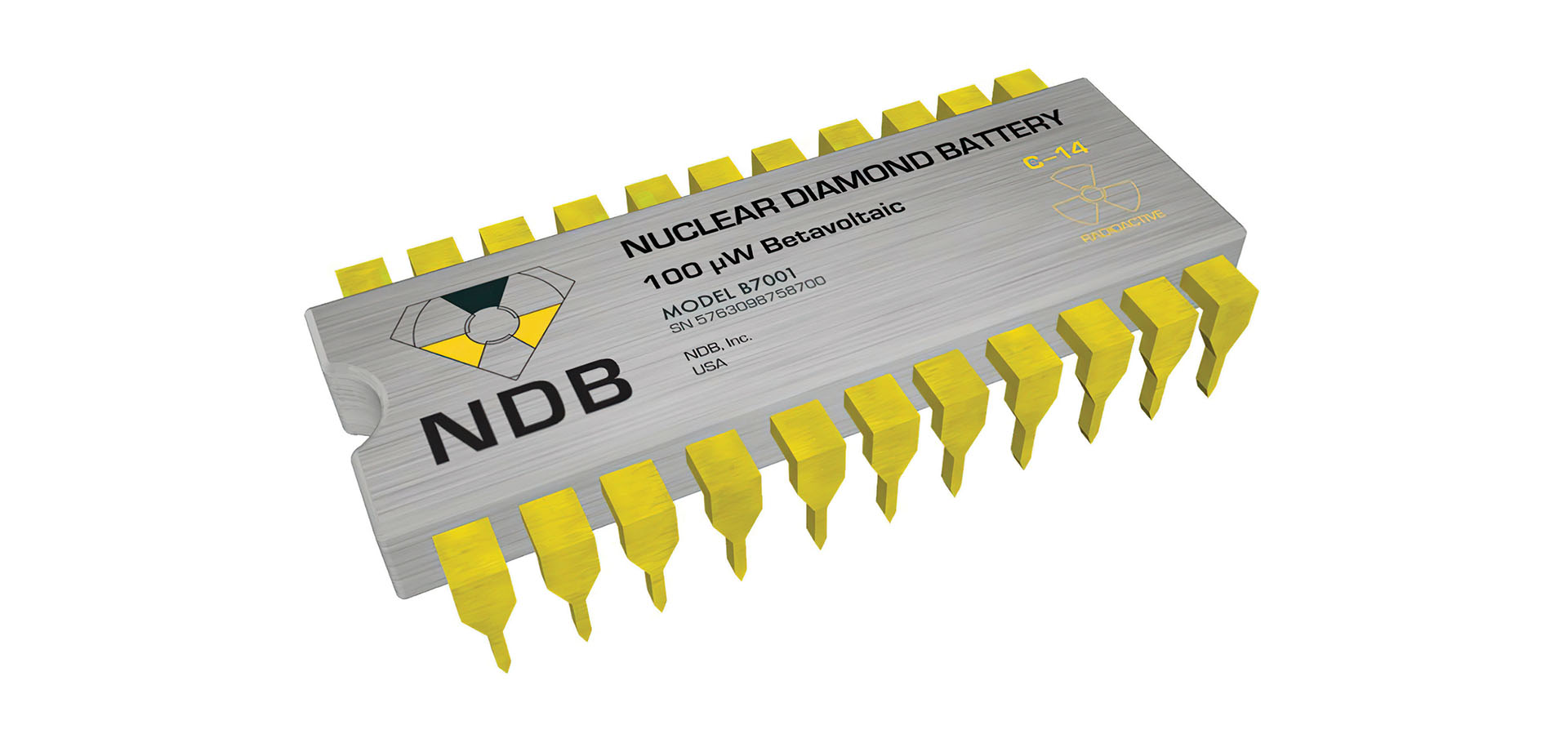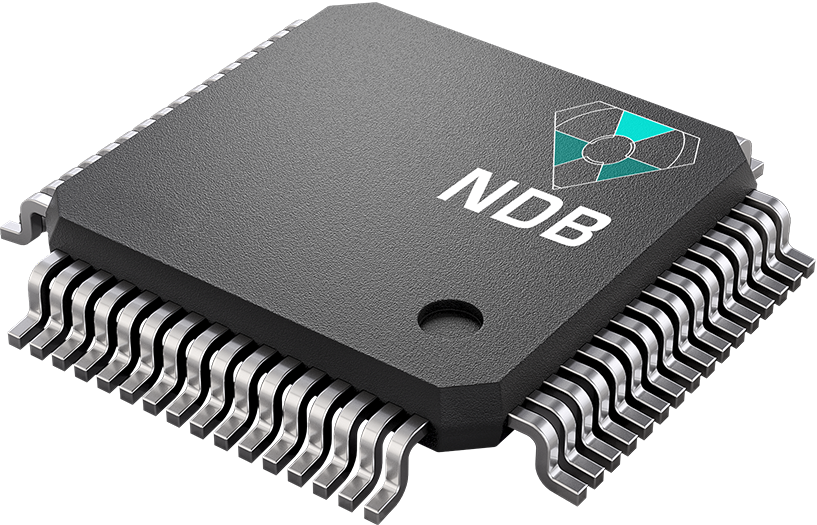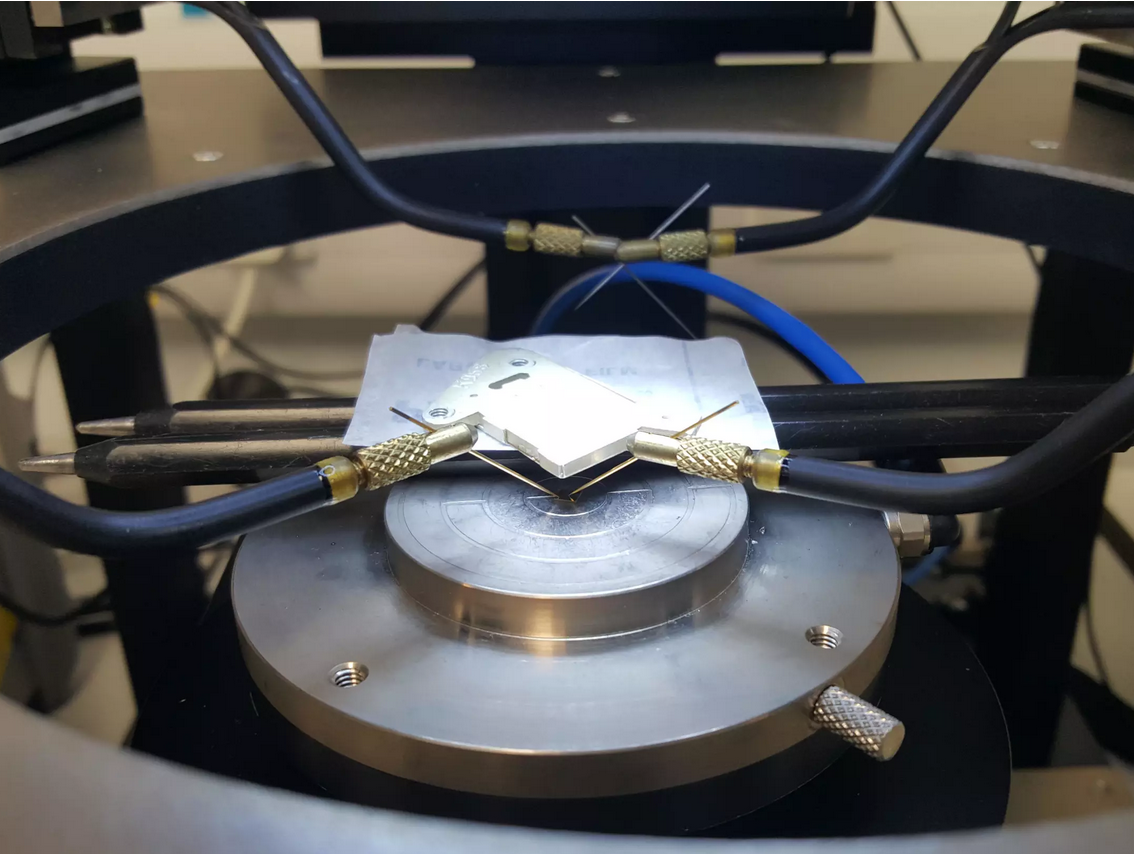
"They will blow any energy density comparison out of the water, lasting anywhere from a decade to 28,000 years without ever needing a charge."
NDB
You may have seen a recent article jump into your news feed about a new type of battery, produced by Californian company NDB, that never needs charging. The heart of this technology is the Nano Diamond Battery that uses processed nuclear waste to constantly generate energy. You read that right, the waste from a nuclear power plant is used to create Carbon-14 diamonds that releases energy through beta-decay (one of the three radioactive processes) that can be used to power electronic devices.

You may have seen a recent article jump into your news feed about a new type of battery, produced by Californian company NDB, that never needs charging. The heart of this technology is the Nano Diamond Battery that uses processed nuclear waste to constantly generate energy. You read that right, the waste from a nuclear power plant is used to create Carbon-14 diamonds that releases energy through beta-decay (one of the three radioactive processes) that can be used to power electronic devices.
The original claims made by the company, mainly that there is enough power in such a device to use for consumer devices like phones, and medical devices like pacemakers, was challenged in a follow up article. Morgan Boardman, CEO of Arkenlight, a university spin-out company that holds patents in this field, stated that the technology in this type of battery would only be able to produce energy of the order of tens of microwatts, whereas a pacemaker would need around 200 microwatts, an order of magnitude difference.

While it seems like the phone charging cable will still be with us for a long time, the energy produced by a nuclear diamond could be harnessed for devices as part of an Internet of Things (IoT) network, and the technology aligns with i4pd’s work on energy harvesting in IoT products, funded through a Scottish Enterprise award.
At present, both nuclear diamond batteries and more traditional energy harvesting techniques, like solar and thermal harvesting, provide a slow trickle of energy that must be managed. Typically, this is done by diverting the energy into a supercapacitor that, once charged, then delivers the energy to an electronic device, just like the nuclear battery. A few microprocessors manage this side of the power delivery to a device, but additional circuitry is usually required to lie between the power source and the microprocessor. On top of this, a device’s power states must be appropriately managed in software so that the scant energy provided by the harvesting sources can be appropriately used. This means that electronics and software developed to manage a solar energy harvesting device could be easily repurposed to use a nuclear battery as its power source.
If you are interested in keeping up to date with our developments with energy harvesting in IoT devices, contact us at enquiries@i4pd.co.uk or subscribe to our news bulletin below.
Copyright © 2024 i4 Product Design Ltd. All rights reserved. | Privacy Policy